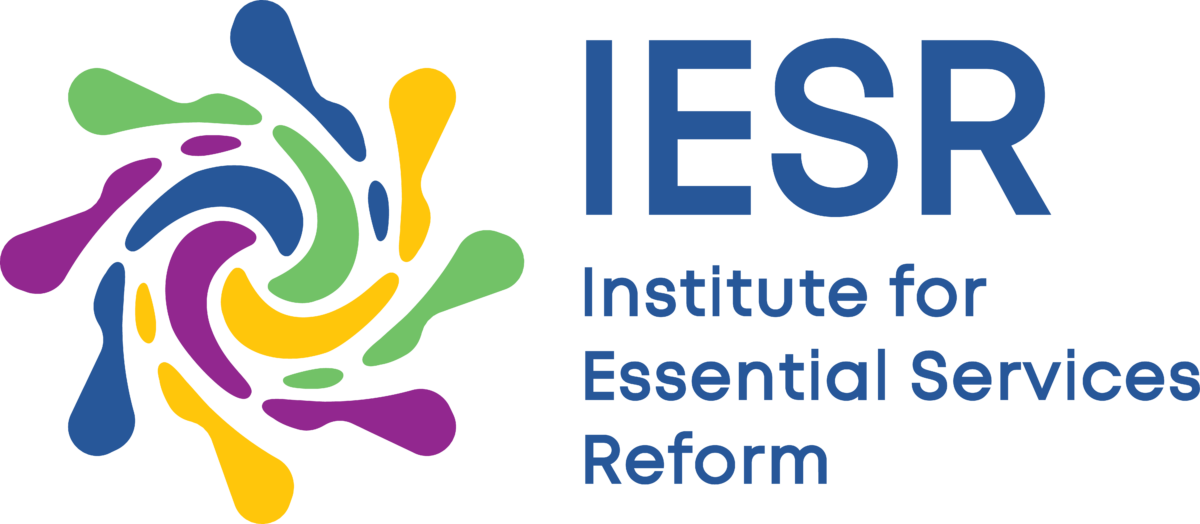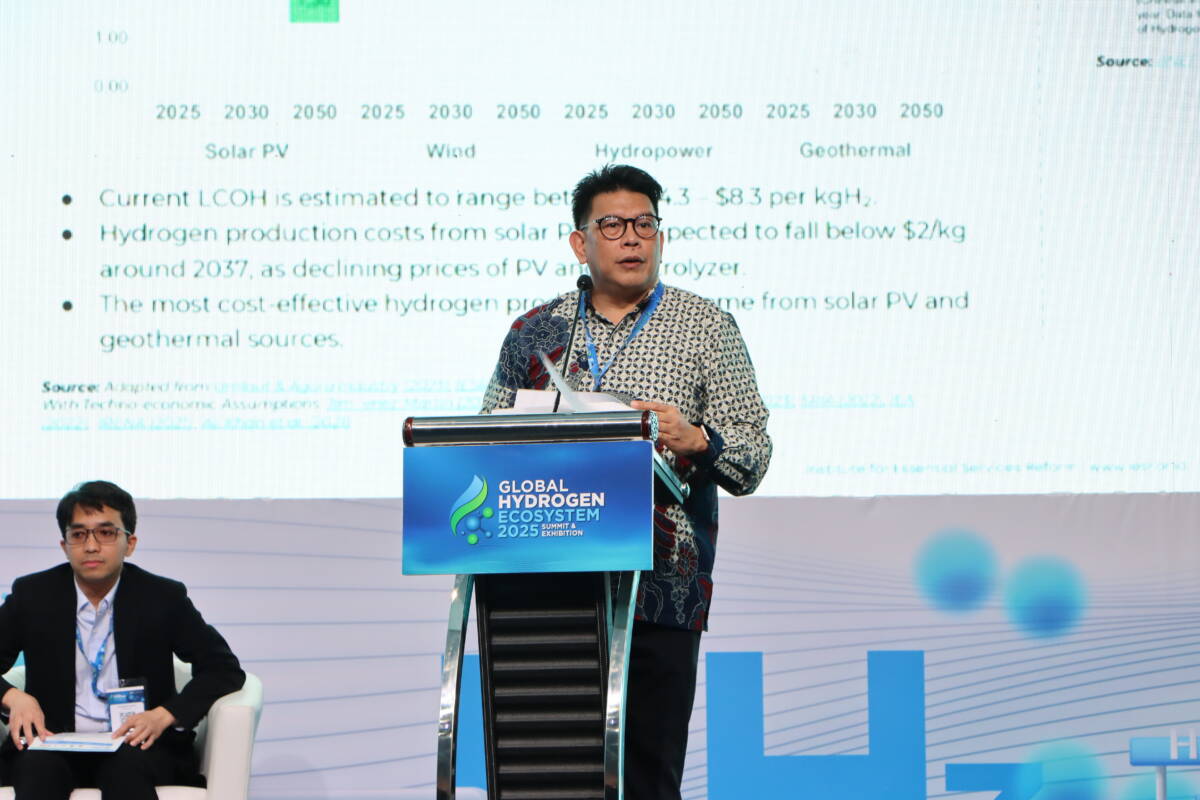Jakarta, April 25, 2025 – The Indonesian government has launched the National Hydrogen and Ammonia Roadmap Book 2025-2060 on Tuesday (15/4) as a derivative of the National Hydrogen Strategy. Based on the roadmap, there are four sectors that will utilize hydrogen, namely the industrial sector, power generation, gas networks, and transportation. The utilization of clean hydrogen will start from the industrial sector starting in the steel industry and refineries in 2025, followed by the fertilizer industry in 2026, the chemical industry in 2035, and the textile, pulp and paper, and food and beverage industries in 2041.
The Institute for Essential Services Reform (IESR) considers green hydrogen to be one of the solutions to achieve decarbonization of Indonesia’s energy sector, especially in the heavy industry and heavy transportation sectors that are difficult to reduce emissions (hard-to-abate). IESR emphasized this during the Global Hydrogen Ecosystem (GHES) 2025 event. The event was supported by IESR and the British Embassy in Jakarta through the Green Energy Transition Indonesia (GETI) project, on Wednesday (16/4).
Green hydrogen is produced by splitting water molecules with electricity from renewable energy: solar, wind, biomass and geothermal energy, is the most cost-competitive energy source.
IESR Executive Director Fabby Tumiwa said that IESR’s analysis shows that the levelized cost of hydrogen production (LCOH) from solar power plants in Indonesia will continue to decline as the price of electricity from solar and wind energy and the price of electrolyser technology decline. Currently, LCOH ranges from USD 4.3 to USD 8.3 per kilogram. However, with a strategic scenario, Indonesia has the opportunity to reduce it to USD 2 per kilogram before 2040, and can even be achieved by 2030 as long as it can immediately develop a green energy ecosystem consisting of 6 pillars.
First, technology development and renewable energy through accelerating the deployment of renewable energy to lower the electricity cost of hydrogen production, as well as encouraging local production of electrolyzers through public-private partnerships. Second, integrate hydrogen into the power sector and fertilizer or refinery industries, and start exports through agreements with international buyers.
Third, infrastructure development, including by building pipelines and hydrogen filling stations, and reviewing port readiness for ammonia exports. Fourth, incentives and financing, by providing offtaker guarantees by SOEs, as well as price incentives and carbon imposition to reduce the risk of initial investment.
Fifth, policy and regulation, by developing a national hydrogen classification and certification, including hydrogen projects in the Indonesian Standard Industrial Classification (KBLI), and strengthening renewable energy policies that support hydrogen projects. Sixth, improving human resource (HR) skills through training, certification, and mapping labor needs to support the entire green hydrogen value chain.
“To build a competitive green hydrogen economy, Indonesia needs a coordinated approach that includes technology development, regulation, financing, and international cooperation. Green hydrogen is a golden opportunity that not only supports decarbonization, but also opens new markets and strengthens national energy security,” Fabby said.
According to Fabby, Indonesia has a great opportunity to become a green hydrogen supplier in the international market. Citing Deloitte 2023 data, the Southeast Asian hydrogen market is expected to grow to USD 51 billion in 2030, and USD 141 billion in 2050. About one-third of the global demand for hydrogen in 2050 is projected to come from cross-border trade.
“If Indonesia wants to take part in the global clean energy market, investment in the green hydrogen ecosystem must start from upstream to downstream now. We believe that with planned and consistent steps, Indonesia can become the center of low-carbon hydrogen production and export in the ASEAN region,” said Fabby.
IESR, through the Green Energy Transition Indonesia (GETI) project, initiated the formation of the Green Hydrogen Community of Indonesia (KH2I) to connect stakeholders through research, policy dialogue, and market development to encourage the implementation of green hydrogen as part of national decarbonization efforts. IESR opens the opportunity for parties who share the same mission and commitment to join KH2I through the link s.id/KomunitasHidrogen.

